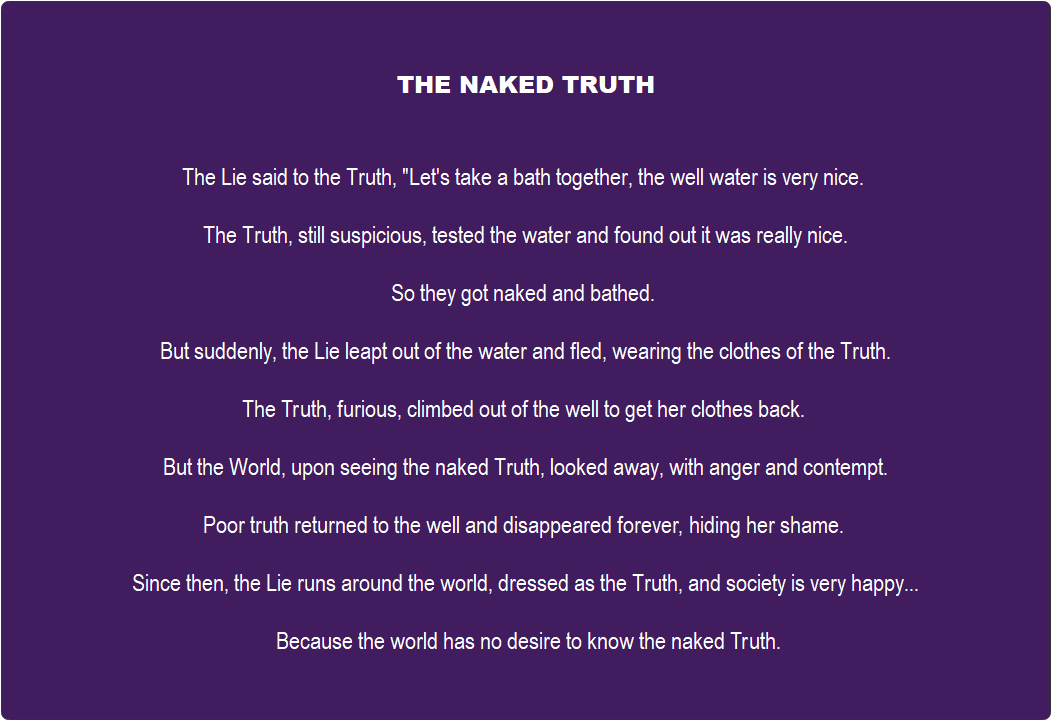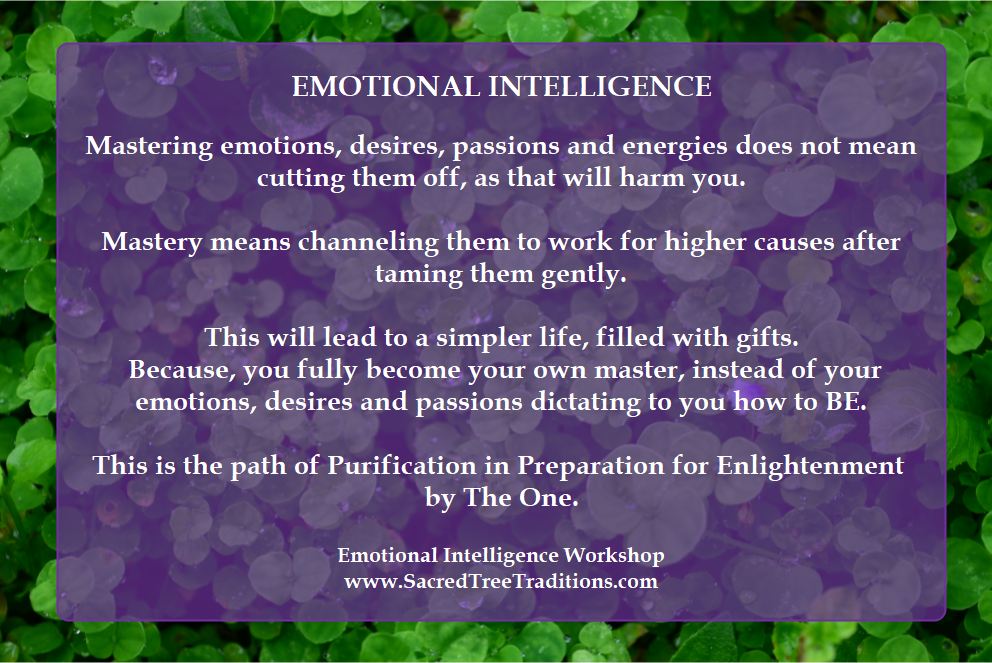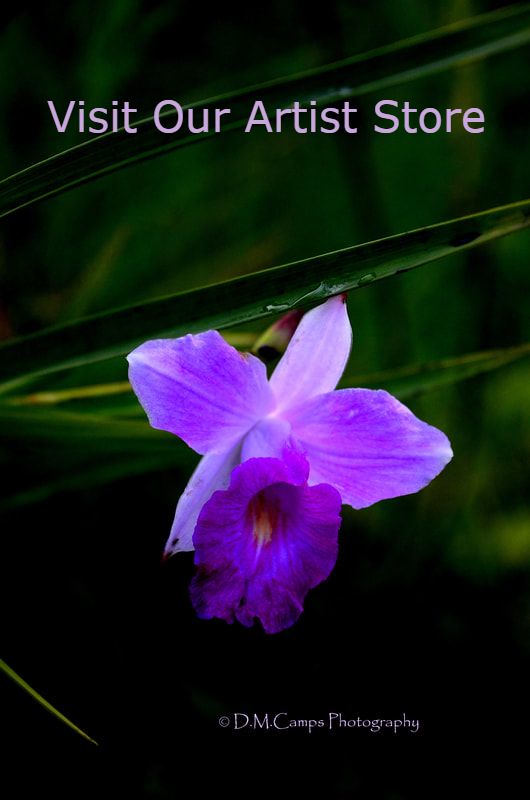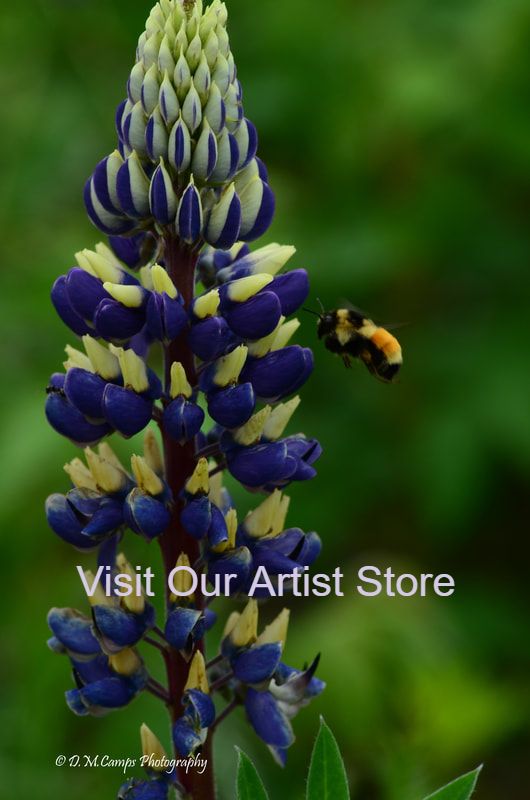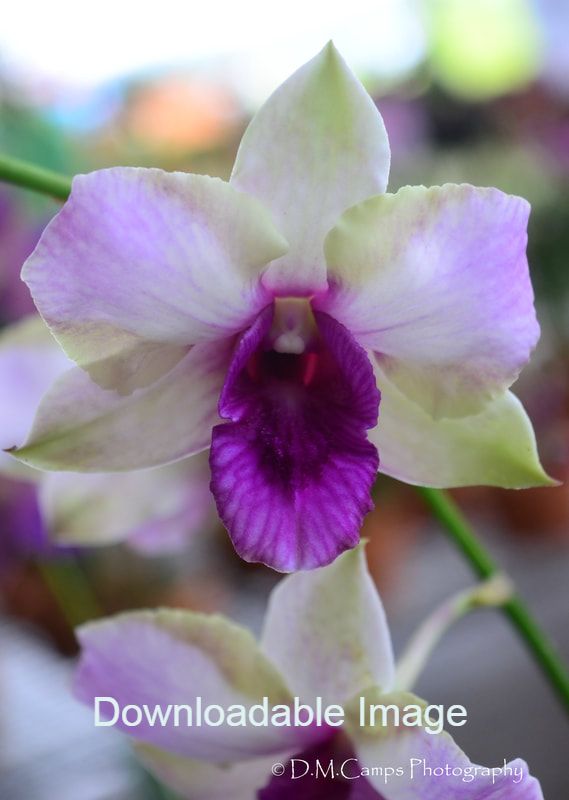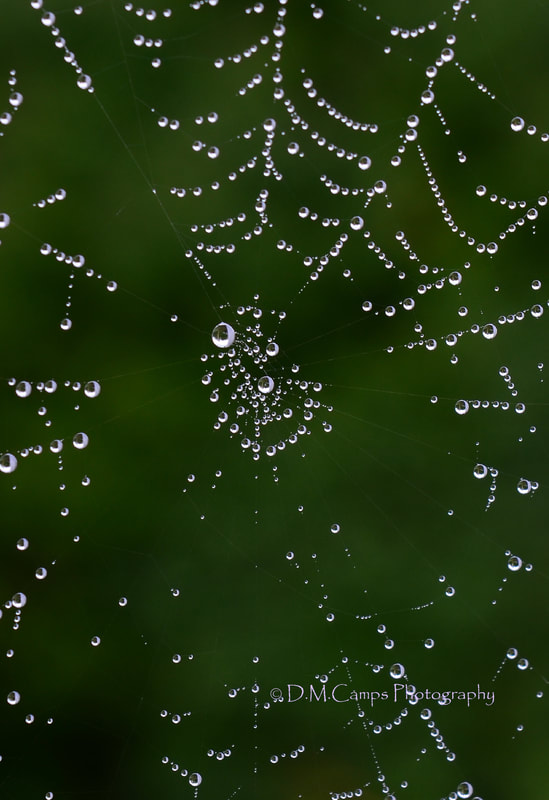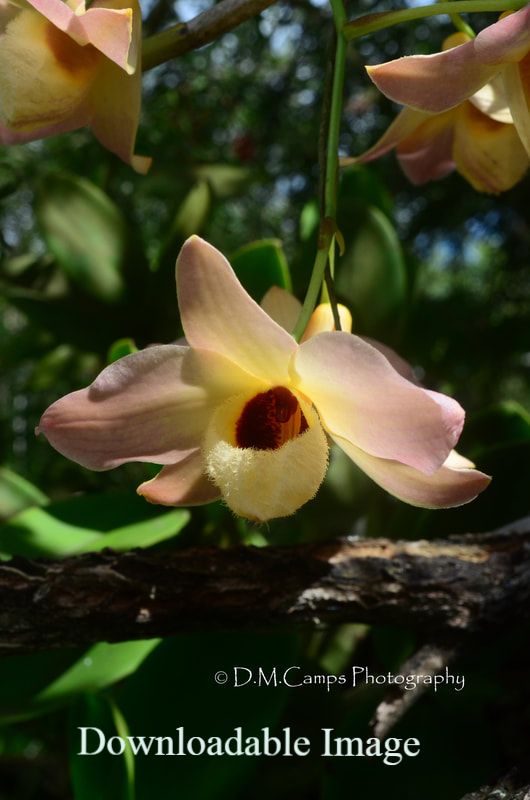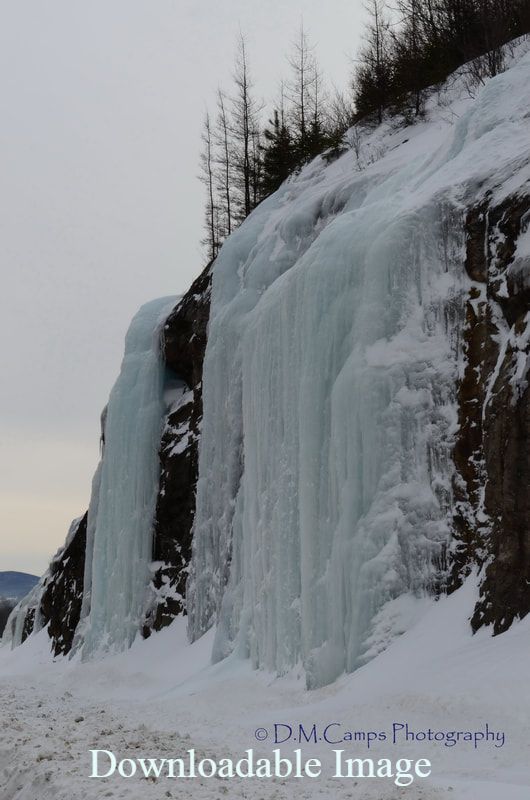The Celts
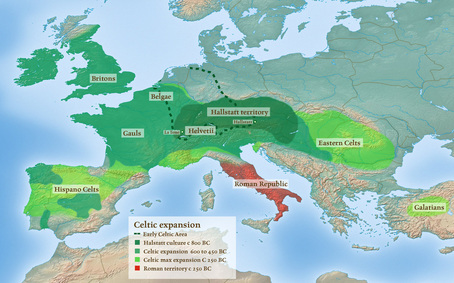
They were farmers living in small communities who developed the first organized farming methods in northern Europe. Evidence found in the burial sites shows that they were also skillful metalworkers, making bronze tools, utensils, weapons and jewelry. Their swords had very decorative hilts and their shields were metal-clad with artistic designs. They also developed rudimentary body armor to compliment the swords and shields. Their jewelry was made using an abstract curvilinear form.
The Celts expanded from the Danube valley across most of northern Europe. Twelve different nations now occupy areas where they established settlements: Austria, Britain, the Czech Republic, France, Germany, Hungary, Ireland, Poland, Rumania, Spain, Switzerland and Ukraine. Researchers have also found trade settlements in northern Italy and western Persia, and a mercenary settlement in central Turkey.
Recent discoveries have shown ancient Celtic/Norse presence in New Foundland Canada, as well as Celtic presence in the panhandle of Oklahoma, near Tulsa in the United States. Examples of ‘Ogham,’ an old Celtic language have been discovered there in a cave that dates back to pre-Columbian America.
All of the classical Greek and Roman historians who encountered the Celts, described them as tall, with fair complexion and light hair, usually said to be blond or red.
The Sweat-House
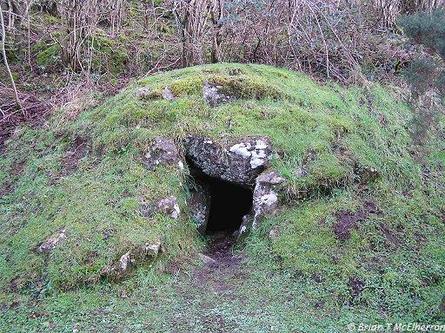 Irish Sweat House at County Derry Ireland.
Irish Sweat House at County Derry Ireland. Traditionally the Sweat House was built in the form of beehive huts made of dry-stone walls covered in clay and turf, with seats within which were covered with straw or grassy sods upon which the subject sat or lay. It usually had a small opening in the roof and a low doorway, both were covered by flag-stones when the subjects were inside.
Sweat-houses were frequently situated near springs and rivers. Healing springs, wells and rivers were dedicated to the goddess Anu, the great Celtic Mother of the Danann gods, and the goddess Brighid. Anu is the ancient Mother Goddess associated with the womb of life who offers us insight into the nature of life, her name means delight, pleasure, agility, melody and she is the sparkle and vitality of life itself. The Goddess Brighid is patroness of healing and magical healing powers as well as smithcraft and poetry. Another ancient god Aengus mac Og, is the god of love and youth, and is considered the supreme healer of souls.
This account of a sweat is taken from ‘Traces of the Elder Faiths of Ireland’ – W.G. Wood-Martin (1902)
‘When men used it as many as six or eight stripped off and went in, when all openings were closed except what afforded a little ventilation. A person remained outside to attend to these matters. When they could suffer the heat no longer, the flag was removed, and they came out and plunged in a pool of water within a yard or two of the sweat-house, where they washed, got well-rubbed and put on their clothes. In case of women, they put on a bathing dress whilst using the bath, and generally omitted the plunge…The constructor was a cooper. He once came to me on crutches, having contracted rheumatism from lying on a damp bed. After four sweats he was quite well again and continued so until his death.’
The Sweat House was heated by a variety of means, by igniting a peat fire in the hut’s centre and clearing the ashes before entering. Another method was by heating bricks, which were carried into the house in a creel in which herbs had been placed, especially when inhalation was a part of the cure.
The prevalence of sweat-houses and their association with the Celts may be indicated by Professor H. Hennessy,s experience in Prague and Nuremburgh in 1879 where he encountered ‘Turkish Baths’ under the local name of ‘Romische-Irische Bader’ - Roman Irish Baths. *
Are the Sweat Lodges of the Native American cultures of North and South America related to the Sweat Houses of the Celts? In my personal opinion I believe that they are, when we take into consideration that there are ancient Ojibway birch bark documents that describe contact with the ancient Celtic Druid Mide, who crossed the ocean on a snake like boat with a lions' head (a Viking Ship). But that is my personal opinion based on the information that I have. It is also possible that at one point in time, humanity had one ancient unifying spirituality and we can find these similar threads all around the world.
*Source – Encyclopedia of Celtic Wisdom
Blessed Be
The Wood Fairy - La Fée des Bois
- Maria
